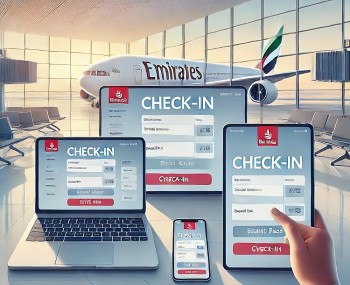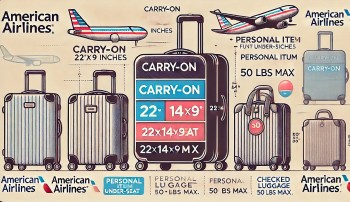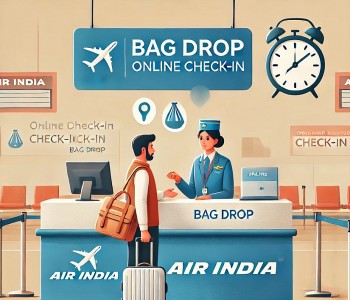Why Do Americans Not Use Their Vacation Days?
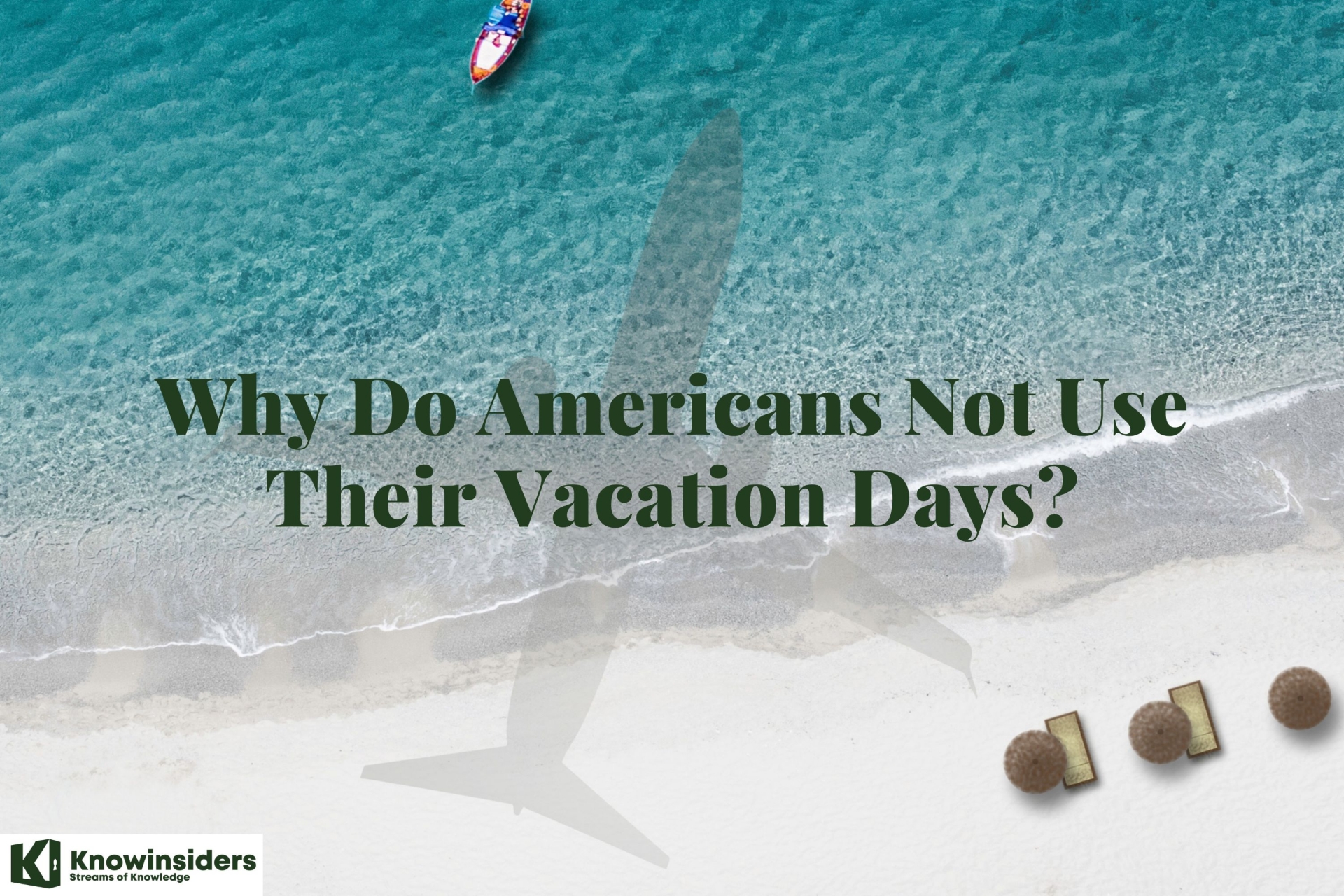 |
| Why Do Americans Not Use Their Vacation Days? |
The United States is home to the only advanced economy which doesn't mandate employee vacation days. One could argue that this broad-spectrum lack of prioritization of employee vacation time contributes to a trickle-down, negative effect, resulting in Americans forfeiting a surprising number of vacation days.
Over 55% of Americans did not use all their vacation time. According to Project: Time Off, that’s 658 million vacation days left unused. And 222 million days of those vacation days will not roll over to the next year, be paid out, or be saved in any other way, which means almost one-third of those vacation days are truly lost.
What’s interesting, of course, is why American workers don't maximize their paid time off. Scroll down to know the reasons!
What country has the least and most vacation days?
Anyone who has traveled to Paris in the summer know that the city — like many other European cities—clears out during the month of August, while the French take their month-long vacations. According to a new study from Expedia, French workers take off 30 full days a year.
Expedia recently unveiled its Vacation Deprivation study, which analyzed the vacation habits of people in multiple countries and continents. Expedia polled thousands of people in 22 countries to find out who takes the most and least amounts of vacation.
The study found that people in Japan take the least amount of vacation; the average Japanese worker gets 13 days off each year but only takes five. South Koreans trailed right behind, getting an average of 19 days off but only taking seven.
Similarly, North American workers seem to be in need of vacation time. Americans, who get 12 days off each year, take 10 days of vacation, while Mexicans get 14 days of vacation, but only take 10 days off.
Europeans, on the other hand, see long vacations as almost mandatory. The study found that most employees in Europe get between 25 and 30 days of vacation time each year. French and Spanish workers said that they take off the full 30 days each year, while Germans take 28 days of vacation. Workers in the U.K., Norway, Sweden, and Denmark all said that they take 25 days of vacation.
Brazilians also reported taking off a full 30 days of vacation time each year.
How many days off do most Americans get?
While the U.S. federal government doesn’t require companies to provide paid vacation to employees, they typically offer between 5 and 15 days of PTO per year. Still, millions of Americans work without any paid vacations or holidays.
-
10 days is the average PTO in the United States private sector, not including paid holidays and sick days.
- 55% of Americans don’t use all of their paid time off.
-
American workers failed to use 768 million days of PTO in 2018.
-
Americans left an average of 6.5 unused PTO days in 2018 — that works out to 27.2% of PTO days that employers offered.
-
63% of employees said they’d turn down a job offer if it didn’t include PTO.
-
28 million Americans don’t get any paid vacation or paid holidays, as the United States is the only advanced economy in the world that does not guarantee its workers paid vacation days and paid holidays.
Reasons For Paid Time Off
Most employees use some of their paid time off to help ease their mind, boost mental health, catch up on sleep, and enjoy a staycation. However, they rarely report these reasons to their manager.
-
More than half of employees (54%) with paid time off have used sick time to take a mental health day in the past year, although they don’t report the reason to their boss.
-
1 in 5 employees with paid time off has misled their manager about why they needed time off, a quarter of those who admit to it did so to sleep, and 50% did so because they needed a mental health day.
-
71% of employees have taken a “staycation” in the past year.
-
85% of employees said employers should provide sick leave.
-
72% said employers should provide maternity leave (only 11% of employers offered it).
-
Americans used an average of 9 days of their total paid time off to travel in 2018 — one day more than in 2017.
-
Three-quarters of American workers surveyed say it’s very important employers provide paid vacation time (76%), paid sick time (74%), and paid holidays (74%).
Why Don't Americans Use Vacation Days?
 |
| Photo: CNN |
Employees don't use their vacation days for several reasons, not the least of which is the cost. Ironically, other justifications employees offer up for not using vacation days relate to the stress taking time off from work would cause. Kimble, a professional services authorization software vendor, surveyed more than 1,200 full-time US workers on their PTO tendencies and found employees believed using vacation days would ultimately lead to more stressors including:
- Too many looming deadlines and assignments.
- Pressure from managers to continue working.
- Dreading the amount of work awaiting them upon their return.
- Inability to unplug, including the expectation to be available for work emergencies or check on work while away.
- Fear of rejected PTO requests or being overlooked for a future promotion opportunity.
Unforeseen personal circumstances, inclement weather events, and public health crises also constrain vacation plans. After the onset of the COVID-19 pandemic, Expedia polled 1,500 US residents about changes in their travel and vacation arrangements due to the novel coronavirus outbreak. Expedia learned that 60% of respondents “already changed or canceled their travel plans and another 70% are worried about outbreaks impacting future trips.”
What Are the Results of Overwork in America?
The most obvious side effect resulting from overwork and a lack of time off is job burnout. Long hours and heavy workloads can lead to a number of health problems including depression, anxiety, weight gain and high blood pressure. In addition, burnout can lead to sleeplessness, irritability, alcohol or substance abuse and a sense of apathy or contempt by employees for their job or employer, having significant negative effects on their quality of work or work output. If not remedied, the effects of burnout can be irreversible.
Another result of excessive work habits is diminished productivity, a direct contrast from its intended result. Productivity is maximized when employees work a five-day, 40-hour workweek. When hours are extended, productivity begins to drop immediately and continues to drop until, at approximately eight 60-hour weeks, the total work output equals that of eight 40-hour weeks. Regarding the short-term, Robinson equates working more than 21 hours continuously to being legally intoxicated. Longer periods of continuous work, such as months or even years without a break, drastically reduce cognitive function and increase the chance of employee error.
Finally, employees who choose to surrender their vacation days may actually have a negative effect on the economy. When a person takes a vacation, they spend money on airfare or extra money on gas to drive to their destination. They book hotel rooms, eat in restaurants, visit museums or theme parks, and support the travel, hospitality, and tourism industry in a number of ways. By staying home and working, that support doesn’t exist. While one person’s decision to cancel his or her vacation is insignificant, consider the number it takes to add up to 658 million unused vacation days per year. This can be a considerable hit to the economy, and increasing unused vacation days only add to the problem.
Despite the belief that longer work hours yield more reward, there is evidence to the contrary. Project: Time Off found that employees who took 10 or fewer days of vacation time were less likely to have received a raise or bonus in the last three years than those who took 11 days or more. One could argue that this is because prolonged periods of work without a break are counterproductive. However, another reason could be that employers or managers who discourage employees from taking time off are less likely to award pay increases. Regardless, employees are far more likely to burn out from overwork than to benefit from it. The moral of the story: take your vacation time. You’ve earned it, and the break will do you good!
Ways Employers Can Encourage Remote Workers to Use Their Vacation Time
The connection between employers supporting employee vacation time and the lasting impact of post-vacation benefits, upper-level managers of remote-enabled companies can apply these six strategies to encourage full use of employee vacation time and improve the narrative surrounding vacations within their organizations:
- Set the standard by taking their own time off and modeling availability boundaries during a vacation.
- Outline and clarify PTO and vacation time options, expectations and policies in accessible guidelines.
- Ensure PTO and vacation time approval processes are routine and stress-free.
- Foster company culture that values and normalizes vacation time as part of employee wellness and does not tolerate shaming employees who fully use their PTO and vacation time.
- Ease the transition of a post-vacation return to work by facilitating a catch-up meeting with relevant staff or encouraging department managers and team members to compile a “Here’s What You Missed” memo-style brief that employees can read and work through at their own pace.
- Educate non-remote staff about the dynamics of remote work to establish telecommuting as a worthwhile work arrangement and deconstruct the myth that home-based employees are already on vacation simply by working from their homes.
Encouraging Vacation Is a Business InvestmentTaking a vacation should never induce stress or attract stigma. Vacations should be a respite from the proverbial daily grind that all professionals — yes, even remote workers — endure to varying degrees. Creating a more positive, low-stress work environment that encourages remote employees to take vacations is a good business investment. It prioritizes employee well-being, reduces employee turnover, builds company loyalty, and increases productivity and work quality. After all, some of the best business investments are ones that inspire employees to invest their time, energy and potential into workplaces they enjoy and are happy to return to following their vacations. |
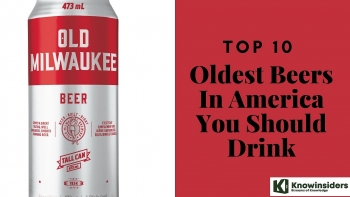 Top 10 Oldest Beers In America You Should Drink Top 10 Oldest Beers In America You Should Drink Beer is a famous drink all around the world, and it's easy to find the best beer brands everywhere you go. We will introduce you ... |
 Top 10 Most Popular Chocolate Brands in The US Top 10 Most Popular Chocolate Brands in The US See which chocolate brands are must-try and what chocolate treat to try the next time you have a craving or if you’re looking to make ... |
 Why Cars And Trucks So Big In America? Why Cars And Trucks So Big In America? Americans appear to have a big appetite for bigger cars. Why do Americans like big cars and trucks? Find out the answer to this tricky ... |





















